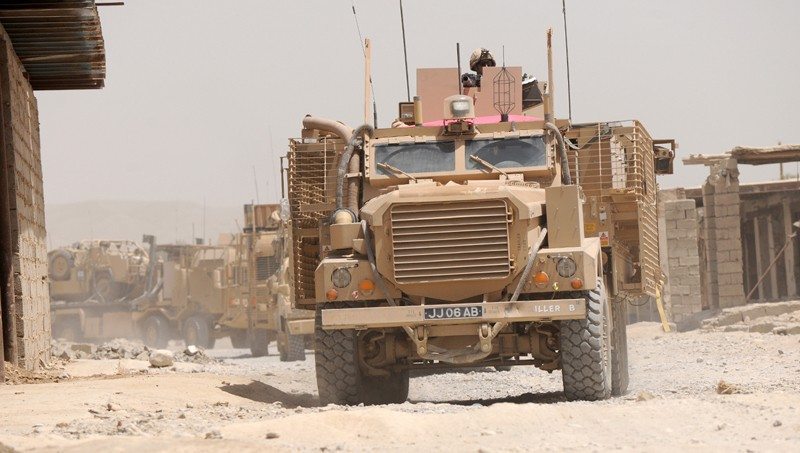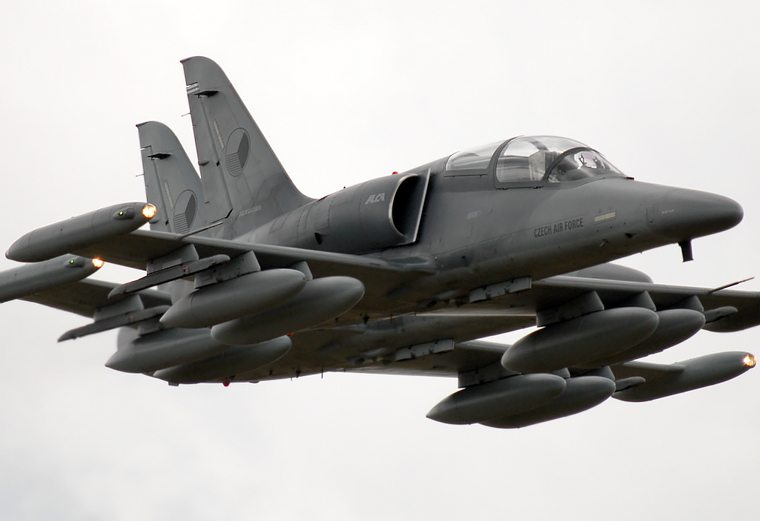There has been much written about the lessons learned from recent conflicts regarding how U.S. forces need to be organized, trained and equipped. Much less has been written about the critical lessons learned regarding the needed reforms for the Pentagon’s acquisition and logistics systems.
One major lesson of the past decade of conflict is that the defense acquisition and logistics system had to be more responsive to the needs of the warfighters. A peacetime acquisition system which routinely took months or years to modify an existing weapons system, even decades to field a new platform, was simply unacceptable when the adversary was capable of deploying a new type of IED in a matter of days.
The Department of Defense responded to the significant number of capability gaps experienced by U.S. forces in Iraq and Afghanistan by creating specialized organizations such as the Rapid Equipping Force (REF), Rapid Fielding Initiative (RFI) and Joint IED Defeat Organization (JIEDDO). The fundamental reason for standing up these organizations was to create alternative procurement channels that permitted the rapid identification, development, testing and fielding of needed capabilities from any available provider.
The goal of the REF is to respond to specific, urgent operational needs faced by commanders and soldiers in the field. Its goal is to identify, test and field a response to such needs within 180 days. The RFI is designed to ensure that all deploying units possess the appropriate equipment in kit form for its intended mission prior to deployment. The REF and RFI have been particularly important in providing troops in combat with new or improved soldier clothing and individual equipment. JIEDDO was responsible for rapidly developing systems, techniques and procedures not only for defeating IEDs but also for disrupting or interfering with the network that allowed adversaries to build and deploy the devices.
A second major lesson emerging from the past decade is the growing importance of the commercial industrial base and commercial services industries for the conduct of future conflicts and equipping of U.S. forces.
Through the course of U.S. military deployments in Iraq and Afghanistan the number of civilian contractors in both countries supporting the warfighters was greater than the number of uniform personnel. Civilian defense contractors provided critical support in intelligence, communications, logistics and maintenance and repair. Starting from nothing, commercial companies such as KBR, Parsons, DynCorp, and Fluor built and sustained hundreds of military installations.
The commercial industrial base demonstrated a remarkable ability to rapidly meet the needs of the warfighter with advanced systems, equipment and devices of exceptional high quality. Even before September 11, 2001, there was a growing recognition that the commercial industrial base was able to provide products such as jet engines, aircraft parts, IT hardware and software, communications devices and sensors as good as, and often better than, what the defense industrial base could deliver. Over the past decade, the commercial industrial base has shown that it could also deliver a wide variety of new and advanced capabilities including tactical unmanned aerial systems, man-portable robots and advanced cold weather clothing.
One example of what the military can gain from accessing the commercial industrial base is in the area of soldier clothing and individual equipment. The battlefields of Iraq and Afghanistan with their stress on small unit actions and dismounted maneuver engendered a rising demand for improved clothing and equipment. The acquisition system was suddenly flooded by urgent operational needs for everything from cold weather and fire resistant clothing, improved body armor, and improved night vision equipment, to better rations and rechargeable batteries.
The commercial industrial base for special materials, clothing and equipment responded to the requirements for large volumes of specialized gear. Because this sector consisted of a large number of vendors of differing sizes, capacities and backgrounds, innovative contracting solutions like employing prime vendors to manage the production of clothing ensembles were instituted to improve responsiveness and speed up delivery.
A third lesson was the importance of agile international supply chains.
The wars in Iraq and Afghanistan presented logisticians with challenges they had never anticipated. DoD’s peacetime logistics architecture lacked the experience, training, procedures, tools and even authorities to provide the mixture of oversight and responsiveness of a multiplicity of supply chains. There were the problems posed by distance, harsh terrain and inadequate infrastructure. Just-in-time delivery had long since replaced the creation of so-called “iron mountains” of supplies.
At the same time both the quantities and varieties of supplies that had to be acquired, moved, tracked, delivered and, in some cases, disposed of, was unprecedented. Problems with both the capacity and security of the initial supply lines into Afghanistan which ran through Pakistan necessitated the creation of an entirely new supply route, the Northern Distribution Network across Europe, Russia and Central Asia. In collaboration with defense entities such as U.S. Transportation Command, the Defense Logistics Agency and Army Materiel Command, international logistics providers such as Maersk Line Limited, Hapag-Lloyd, APL, UPS and DHL have created and sustained global supply chains that stretched almost literally from factory to foxhole.
Above all, the last ten years have clearly demonstrated the importance of a defense logistics and sustainment system that is agile, responsive, able to integrate both commercial and defense unique capabilities and effective in meeting the needs of the warfighter. Such a system does not now exist.
DoD managed to get by over the past decade by creating workarounds to the structures, processes and regulations developed over the course of the Cold War. A true 21st Century logistics and sustainment system needs to build on the lessons learned from recent conflicts.
In particular it must develop ways of harnessing the energy and innovative capabilities resident in the commercial industrial base.











